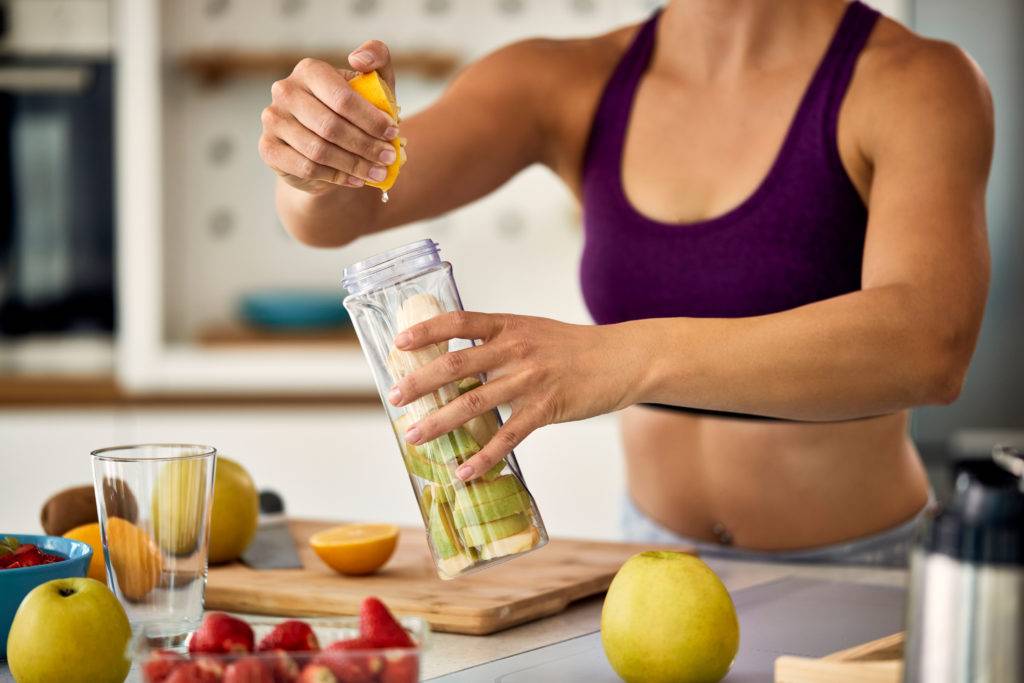
Protein is your best friend unless it’s scrawny Sally and her xylophone-like ribs.
On average, women may experience a loss of about 3 to 5% of muscle mass per year in the premenopausal and perimenopausal stages. This decline in muscle mass is often accompanied by increased body fat, which can decrease overall strength and mobility.
However, consuming adequate protein supports muscle maintenance and recovery. This helps sustain muscle protein synthesis, counteracting age-related muscle decline.
Maintaining muscle mass contributes to overall health, metabolism, and functional independence, underlining the significance of protein-rich diets for women during the menopausal transition.
The real challenge would be getting adequate dietary protein once you know how much is sufficient.

Just Tell Me How Much Protein!
Without getting into specific numbers and formulas, if you learned about the 5-Habits, you know that a serving of protein is one palm size.
A good starting point would be to have three meals, like breakfast, lunch, and dinner, with one palm-sized portion at each meal.
If you weight train to build lean muscle and tone and define, you will bump your protein intake to 4 meals.
You may find a few additional challenges once you’ve tried the dietary protein suggestions. Usually, clients would often mention that three meals containing a palm size of protein are a lot of food. And four meals are unheard of.

If You Can’t Eat It, Drink It
One strategy that works very well is to include shakes that have a serving of protein.
The protein you would use for a shake comes in powdered form and could be whey, beef collagen, or plant-based. The choice depends on your needs.
If you are a plant-based eater, hemp, rice, or pea protein powder would be the source of choice.
Whey protein works well for many unless dairy has to be avoided because of intolerance, so beef collagen powder would be the go-to.

Make it Super!
You can turn your shake into a Super Shake to make it more delicious, nutritious, and satiating!
You will add fruits and/or veggies, some healthy fats, and maybe some carbs to make the shake into a meal replacement. This can be an excellent option when you’re pressed for time and need something on the go.
A big part of maintaining muscle is dietary protein, but for fat loss, it’s also about consuming an optimal amount of calories. Adding a Super Shake makes it easier to accomplish this. Check out a previous post HERE to learn how to make a Super Shake.

Before You Put It Together
Before you start anything, determine where you’re at regarding the number of 5-Habits-compliant meals you eat daily. If you consume only two meals per day that adhere to the 5-Habits, then your goal for the next 14 days is to aim for three meals.
Perhaps lunch and dinner are your only daily meals; the Super Shake would be perfect for breakfast. And just like that, you’re up to 3 meals per day that adhere to the 5-Habits.
Follow the steps above and try adding a Super Shake to your daily regimen.
If you still need to determine the differences between protein, carbs, fats, and vegetables, click HERE for a comprehensive list.
When you sign up for personal training with Darryl Rose Fitness, you will learn proper nutrition habits and how to incorporate them into your daily routine.
Was this article helpful? Please share it by clicking the “share” button below.
